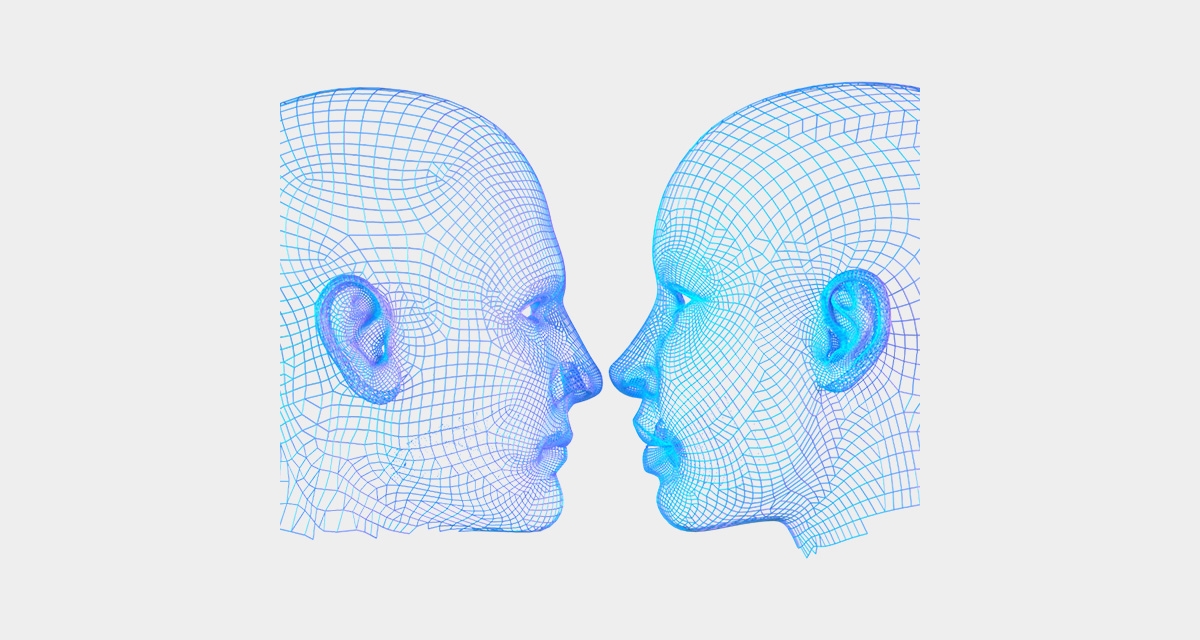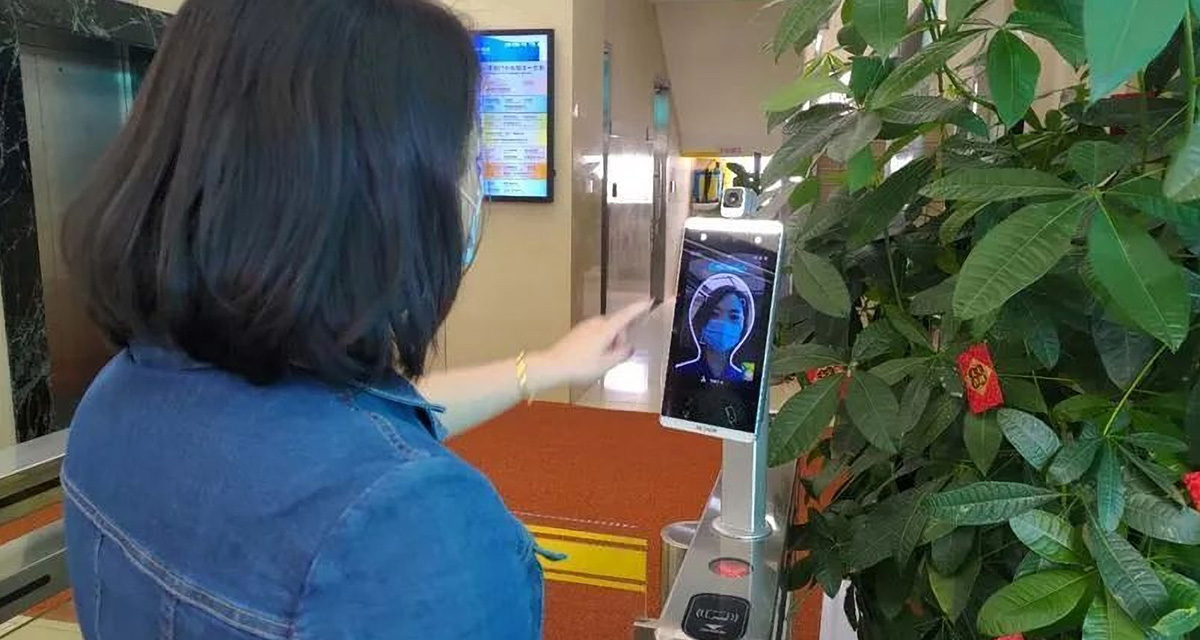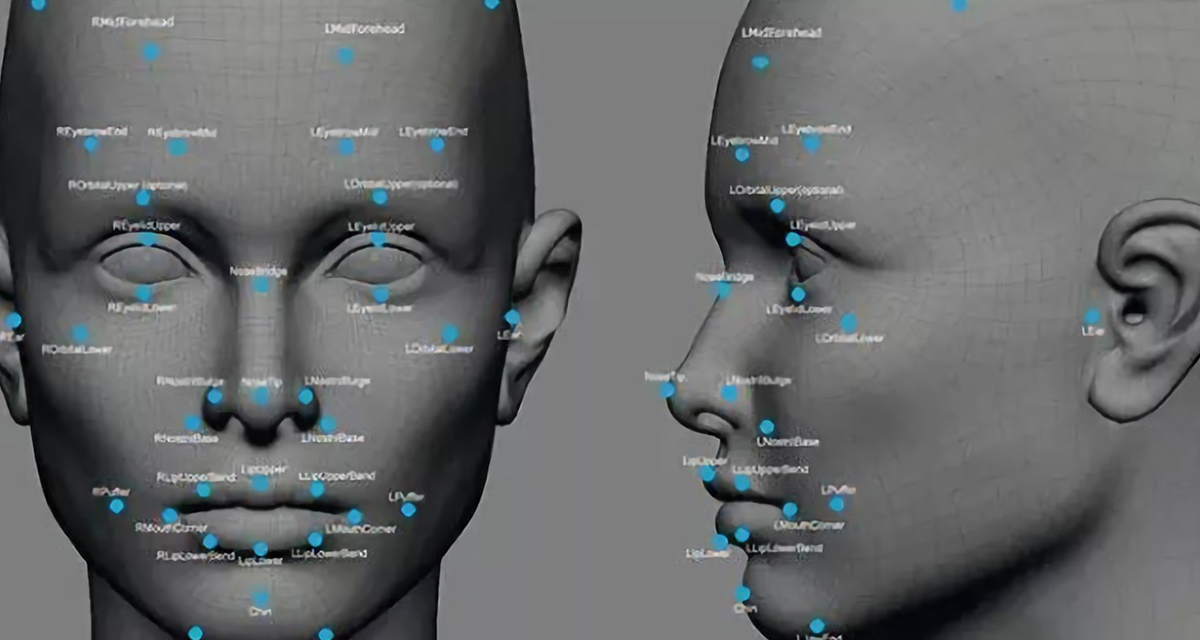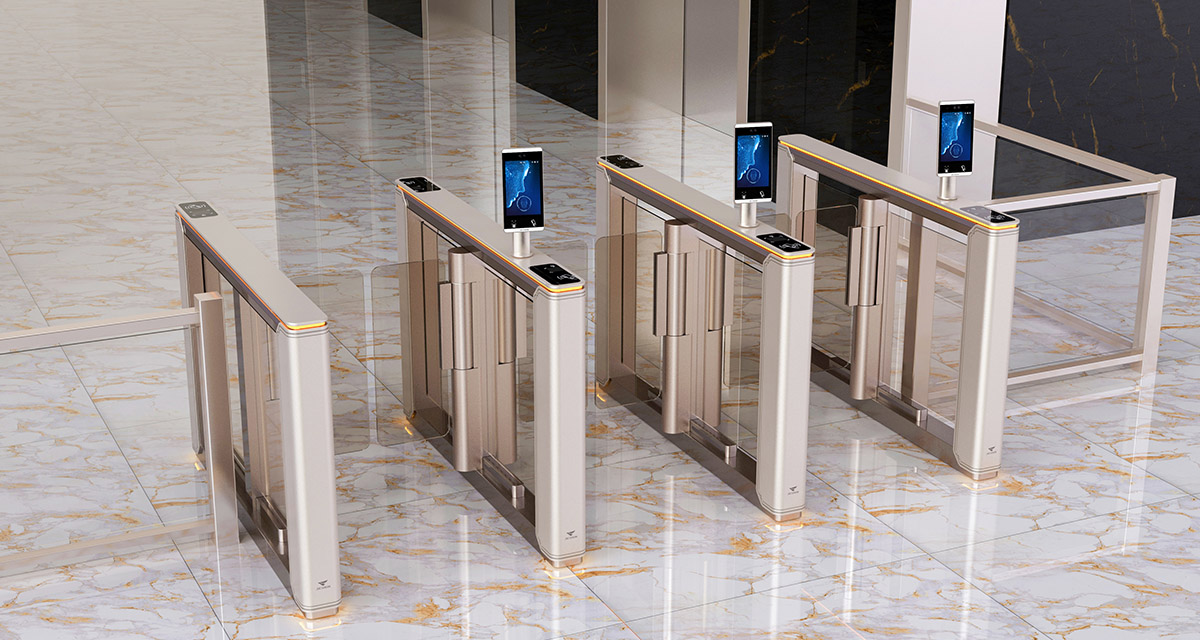About us
Leading in Smart Parking & Access Control
In recent years, face recognition technology has developed rapidly. The accuracy and speed of face recognition have been continuously improved, making this technology widely used in many fields. Looking back on its development history, we can see that it is exactly the same as the license plate recognition development, because they are both important parts of intelligent services. Today, let us demystify one of the most frequently used authentication methods - face recognition technology.

There are two common applications of face recognition technology, face verification and face recognition.
Face verification is a 1:1 identity verification mode, which compares the face features of photos captured by the device and the pre-recorded photos to verify whether they are the same person. The most common application scenario is identity verification when taking a plane or high-speed rail. The ticket checking system will compare the passenger's face image with the ID photo. The 1:1 model can also be applied to scenic spot check-in, hotel check-in, mobile payment, mobile phone unlocking, etc.
Face recognition uses a 1:N mode. 1:N is to find images that match the current face data from the massive portrait database after collecting people's photos, and find out "who you are" according to the comparison results. The attendance system of the office building adopts this mode, and there are also applications such as community access control, construction site attendance, and meeting check-in.
The common feature of these application scenarios is that the face recognition system stores a large amount of different face information and identity information in advance. When the system runs, it compares the collected face photos with the face data in the database to find the matching results.

Face recognition technology has enriched the methods of access control, and has gradually become popular in our lives due to its intelligence and convenience. An excellent face recognition solution becomes the key to all applications. To truly achieve high-precision face recognition, there are many problems that we need to overcome.
1. First, there are similarities between faces. The structure and shape of each facial organ are very similar, not to mention the twin faces and the makeup faces, which greatly increases the difficulty of identification.
2. Second, the face is volatile. Human emotions are mainly reflected through rich facial expressions. People's expressions change in a thousand ways, and in different viewing angles, the visual images of human faces are also very different.
3. In addition, face recognition is also affected by lighting conditions, face coverings, age and other factors.
In response to the above problems of face recognition, how did the algorithm engineers of Jieshun Technology deal with it? Let's find out.
⦁ Using Deep Neural Network Algorithm
The prerequisite for accurate face recognition is to extract face feature values with high accuracy, and the extraction of face features is achieved through a model trained with a large amount of data. Multiple parameter values are stored in the model, and the whole training process is mainly to continuously adjust the parameter values to make them optimal.
Before the advent of deep learning techniques, traditional machine learning techniques were all the rage. However, the developers later discovered that photos of the same person's face varied greatly at the pixel level depending on lighting, shooting angle, complexion, expression, and makeup. It was difficult for machine learning to extract suitable facial feature values, and it was impossible to achieve accurate recognition results.

The biggest advantage of deep learning is that the parameter weights can be adjusted by the training algorithm to construct a face recognition model with high accuracy. In this way, the system only needs one photo to obtain suitable feature values for face comparison, and the recognition accuracy is very high.The biggest advantage of deep learning is that the parameter weights can be adjusted by the training algorithm to construct a face recognition model with high accuracy. In this way, the system only needs one photo to obtain suitable feature values for face comparison, and the recognition accuracy is very high.
⦁ Massive Face Data Modeling
Compared with traditional machine learning, deep learning has the advantage of self-learning ability of massive data. For different application scenarios such as commercial buildings, office buildings, attendance management, online identity authentication, etc., the system will collect a large number of face features, build face database data, and then automatically conduct learning and training. In this way, the recognition ability of the algorithm is greatly improved, and the recognition is more accurate.
⦁ Terminal Self-learning
JIESHUN's face recognition equipment has a self-learning function. For difficult-to-recognize faces, once the recognition is successful, the device will automatically capture the portrait and replace the original photo. After that, through the continuous learning of the algorithm, the system can achieve the best recognition effect in the actual environment.
⦁ Dedicated NPU Chip Helps to Accelerate Recognition
NPU usually refers to an embedded neural network processor, which can process parallel operations with low power consumption and high performance. Its image recognition processing speed is dozens of times faster than CPU, which can greatly improve the recognition speed of facial features. The entire recognition process is completed within 200 milliseconds without any delay.
⦁ Intelligent Picture Angle Detection
Regardless of the angle of the pre-recorded photo, the system will intelligently detect and rotate it into a positive photo, and store it in the database, thereby ensuring the high quality of information input.
⦁ Dual-sensor Recognition
In JIESHUN's solution, standard cameras and infrared sensors are both used for face recognition, which can accurately distinguish real faces from paper photos and mobile phone photos, greatly enhancing the reliability of anti-counterfeiting.

Since the second half of 2016, face recognition technology has entered the fast lane of development. Today, face recognition technology has penetrated into all aspects of people's lives and has become a major trend in smart life.
After the outbreak of the coronavirus, the long-distance face recognition equipment developed by JIESHUN has helped many enterprises to solve the problem of contactless access control. JIESHUN will continue to innovate and develop more intelligent and convenient products for people's better life.